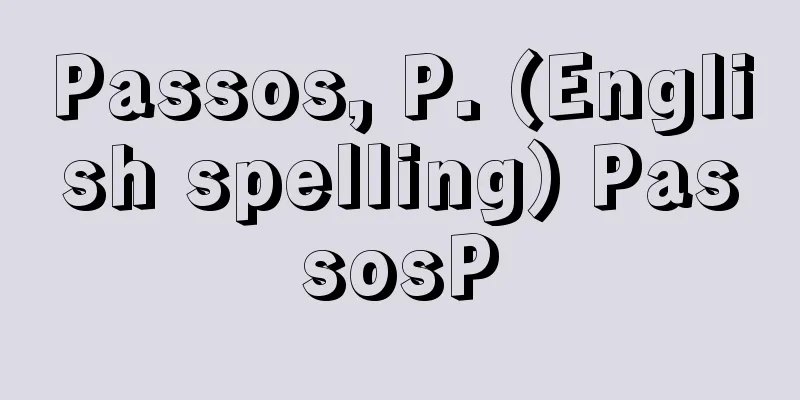Electric News - Denko News

|
A mosaic-like arrangement of incandescent bulbs in a stripe displays news and other information in the form of text when lit. Each character is displayed using about 200 incandescent bulbs, and news is broadcast in text. A typical example is an electric sign with about 2,000 20-30 watt incandescent bulbs arranged horizontally on the roof of a building, or vertically on the side of a building. In the past, characters were generated using a contact board directly connected to the incandescent bulbs. The contact board has an insulating plate or tape-like insulating paper with letter-shaped holes between mercury contacts or rows of spherical contacts, and each incandescent bulb is lit by selecting the contacts. In this case, the characters or symbols are drawn on a tape, which is irradiated with light and received by a light receiving board with an array of semiconductor light sensors such as cadmium sulfide. Here, the change in the electrical resistance of the light sensor is converted into an electrical signal, which is synchronized with the movement of the tape and sent to a thyristor. The thyristor turns on and off each row in sequence in response to this signal, causing the incandescent bulbs to blink. This method requires fewer wires, transmits less current, and is highly reliable, making electrical work and maintenance easy. Recently, a method has been adopted in which a thyristor is attached to each incandescent bulb and the thyristors are controlled by an electronic circuit. A similar device is CineSign, which uses a rectangular arrangement of incandescent bulbs to display not only text but also monochrome images such as cartoons and commercials. [Michinori Iwata] [Reference item] |Source: Shogakukan Encyclopedia Nipponica About Encyclopedia Nipponica Information | Legend |
|
白熱球をモザイク状で帯状に配列し、点灯により文字列でニュースなどを表示するもの。1文字を約200個の白熱球で表示し、文章でニュースを流す方式を用いる。ビルの屋上に横長に、またはビルの側壁に縦長に、20~30ワットの白熱球を2000個程度配列した電光サインを使用するのが代表的なものである。古くは、白熱球に直結したコンタクト盤により文字を発生させた。コンタクト盤は、水銀接点または球形の接点列の間に、文字型の穴を開けた絶縁板またはテープ状の絶縁紙を通し、接点を選択して各白熱球を点灯する。この場合はテープに表示した文字または記号を描き、これに光を照射して硫化カドミウムなどの半導体光センサーを配列した受光盤で受ける。ここで光センサーの電気抵抗の変化を電気信号に変え、テープの移動と同期させて、サイリスタに送る。サイリスタはこの信号に応じて各列ごとに順次オン・オフを繰り返し、白熱球を点滅する。この方式は電線数が少なく、送る電流も少なくてすみ、信頼性も高いため電気工事は容易で、保守も容易である。最近では、各白熱球にサイリスタをつけ、サイリスタを電子回路で制御する方式をとっている。 似たものにシネサインがある。これは白熱球を長方形に配列して、文字だけでなく漫画、コマーシャルなどのモノカラーの画像を表示する。 [岩田倫典] [参照項目] |出典 小学館 日本大百科全書(ニッポニカ)日本大百科全書(ニッポニカ)について 情報 | 凡例 |
Recommend
Maglemose culture - Maglemose
A Mesolithic culture found in Northern Europe. It...
Shalwar (Shulwar)
A traditional Indian and Pakistani pajama trousers...
Danrin Toppyakuin
A collection of renga (linked verse) haikai poems....
Wired broadcasting - Yusenhoso (English spelling)
The "Law Concerning the Regulation of the Ope...
Sea robin
...They use their swim bladders to make sounds li...
Omotebu - Omotebu
...It refers to the actual amount of land (area),...
Art History
〘 noun 〙 The history of plastic arts such as paint...
Amblyseius longispinosus (English spelling) Amblyseiuslongispinosus
...The name comes from the fact that it bites its...
Order of the Golden Kite
This was one of the Japanese medals used until the...
Uden - Uden
Water-rich rice fields were newly developed in Ji...
Son - Son
A play by Osanai Kaoru. One act. Published in Mit...
Aunjetitz
…An Early Bronze Age culture, also called Aunjeti...
Ote - Ote
...The 4,000m2 cavern that was created by mining ...
Ibn al-Balad
...Also, when the plural of Balad is used, bilād ...
Panagia
…In the Old Testament, she appears as the name of...









